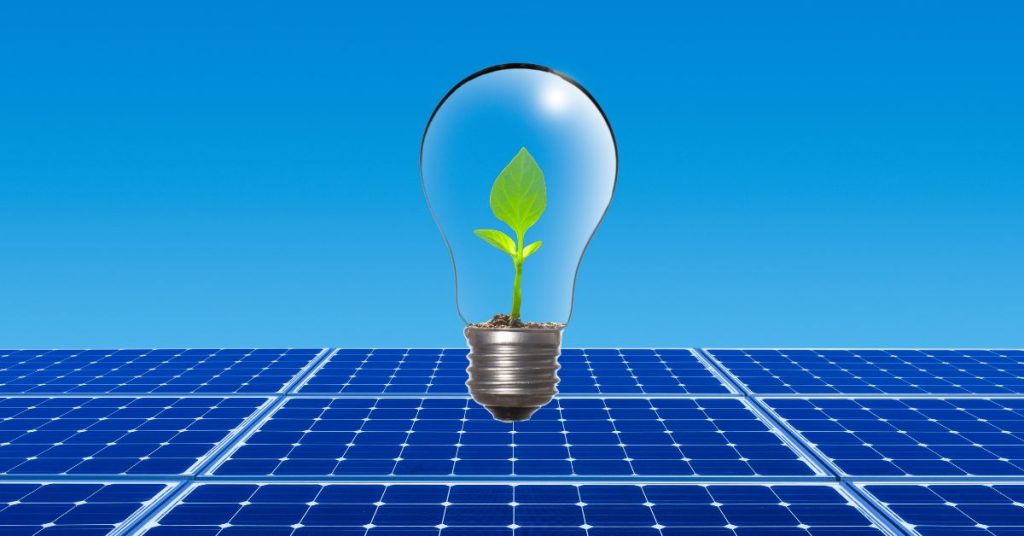
Microgrids: Community-Focused Power
Decentralized Energy Solutions for Emerging Communities
The Rise of Microgrids in Developing Countries
Across developing nations, microgrids are emerging as a key solution for reliable electricity generation. The expansion of remote environments has exposed the inefficiencies of large-scale centralized power plants and long-distance transmission lines.
By combining localized renewable energy sources with smart distribution strategies, microgrids offer a decentralized alternative that enhances energy reliability, efficiency, and community resilience.
This post introduces microgrids, exploring their functionality, benefits, and challenges in the evolving energy landscape.
What Are Microgrids?
A microgrid is a self-sustaining energy system that integrates:
- Power generation sources (e.g., solar, wind, hydro, or geothermal)
- Energy storage systems (e.g., batteries)
- Demand management technology
Unlike traditional grids, microgrids can operate independently or connect to a larger regional grid, allowing for flexible energy distribution.
The primary goal of microgrids is to deliver reliable and affordable power to isolated regions while ensuring that excess energy can be shared with industrial users and government grids when needed.
Adaptability of Microgrids in Remote Areas
Microgrids are ideal for regions without existing power infrastructure due to their flexibility and independence. For example, in Qatar, where remote desert farming is expanding, microgrids offer a sustainable way to power off-grid agricultural projects without the need for expensive transmission line extensions.
This new model of power distribution is transforming areas that were once barren deserts into productive farmland, enabling economic growth and food security in remote locations.
Microgrids are particularly effective in integrating renewable energy sources such as:
- Solar panels
- Wind turbines
- Small-scale hydroelectric power
- Geothermal energy
Unlike large grids, which often suffer from high transmission losses, microgrids focus on localized power generation and consumption, significantly boosting efficiency.
Microgrids: Benefits and Challenges
Key Benefits of Microgrids
- Reliable and Secure Power – Microgrids provide consistent energy access, reducing reliance on unstable central grids.
- Greater Local Control – Communities can manage their own power production, leading to energy independence.
- Smart Grid Integration – Advanced monitoring and automation technologies ensure efficient energy distribution.
- Reduced Transmission Losses – Shorter power transmission distances increase efficiency and minimize energy waste.
- Renewable Energy Integration – Microgrids seamlessly incorporate solar, wind, and other renewables.
Challenges and Considerations
- High Upfront Costs – Building a microgrid requires significant initial investment, which may be prohibitive for smaller communities.
- Financial Barriers – Although microgrids save money in the long run, funding their development remains a key obstacle.
- Regulatory Issues – Many countries lack clear policies for microgrid implementation, creating legal and bureaucratic hurdles.
Despite these challenges, falling costs of renewable energy and storage technologies are making microgrids increasingly viable for off-grid and underserved communities.
FAQs: Understanding Microgrids and Their Impact
Microgrids are localized energy systems that generate, store, and distribute power independently or in coordination with a larger grid. They are more efficient and resilient than centralized power systems.
Most microgrids use a combination of renewable sources, such as:
- Solar panels
- Wind turbines
- Small-scale hydroelectric power
- Geothermal energy
Yes, microgrids can function as standalone systems, making them ideal for remote communities and off-grid projects.
- Lower long-term energy costs
- Reduced dependence on fossil fuels
- Economic growth opportunities in underserved regions
- High upfront investment costs
- Lack of standardized regulations in many regions
- Need for financial incentives to support adoption

Contact Us for More Details
Fill the Form Below and We Will Get Back to You Within 24 Hours
